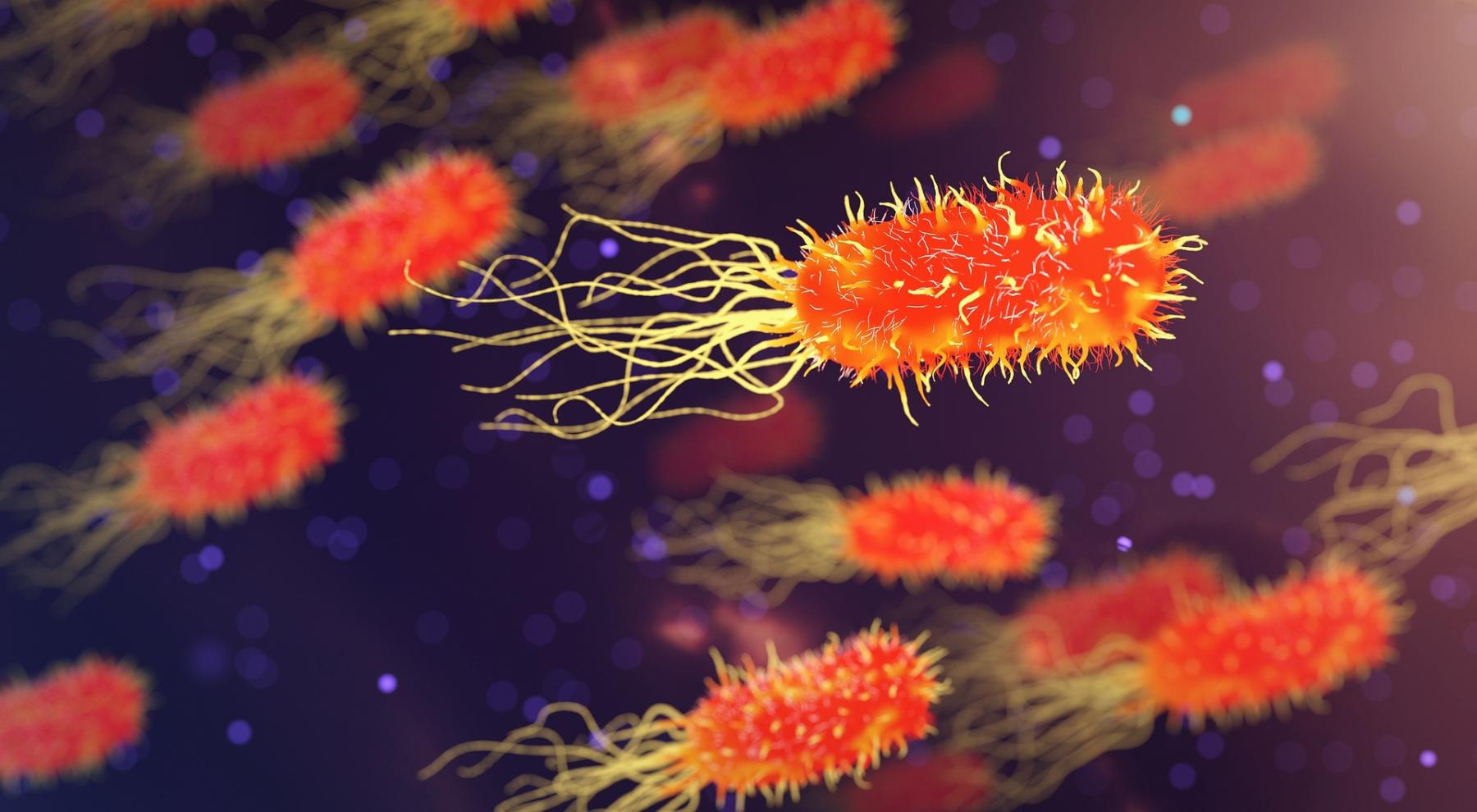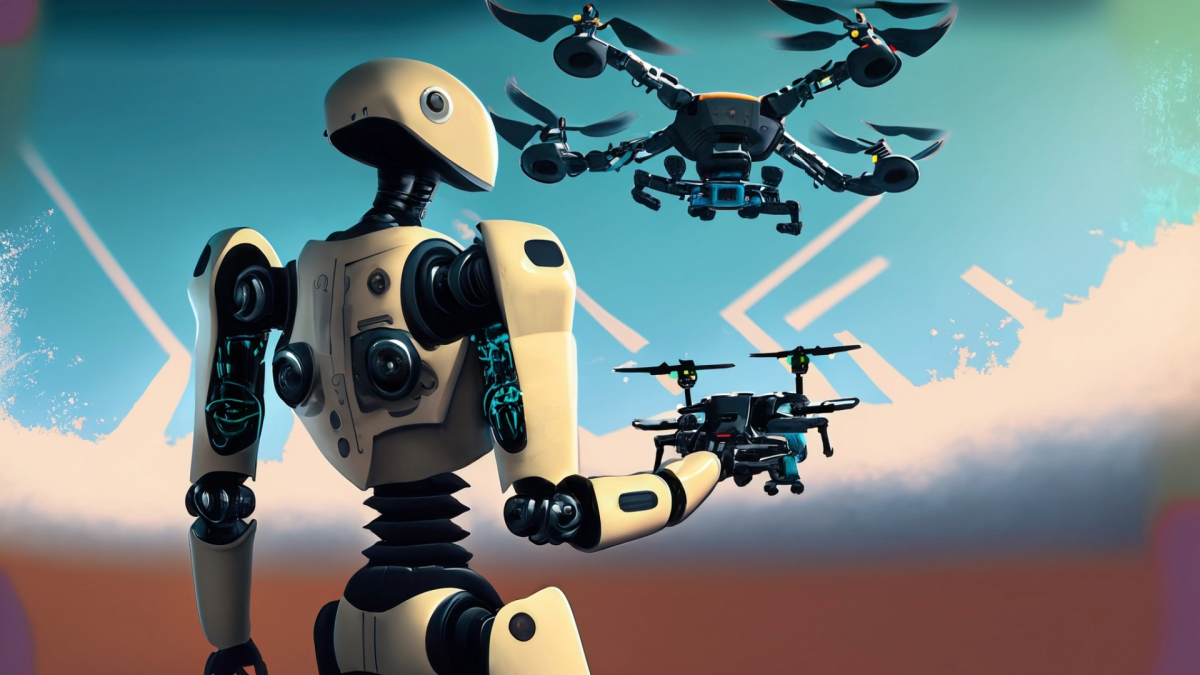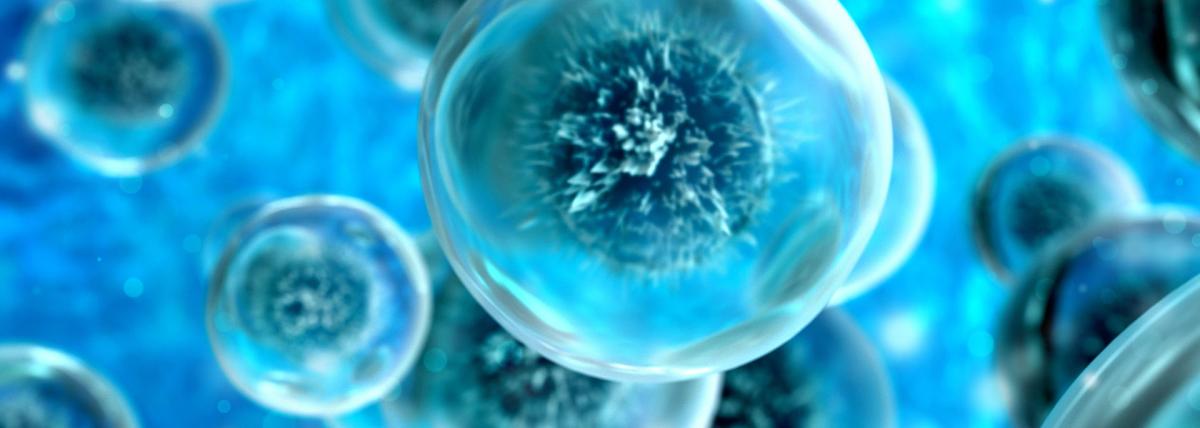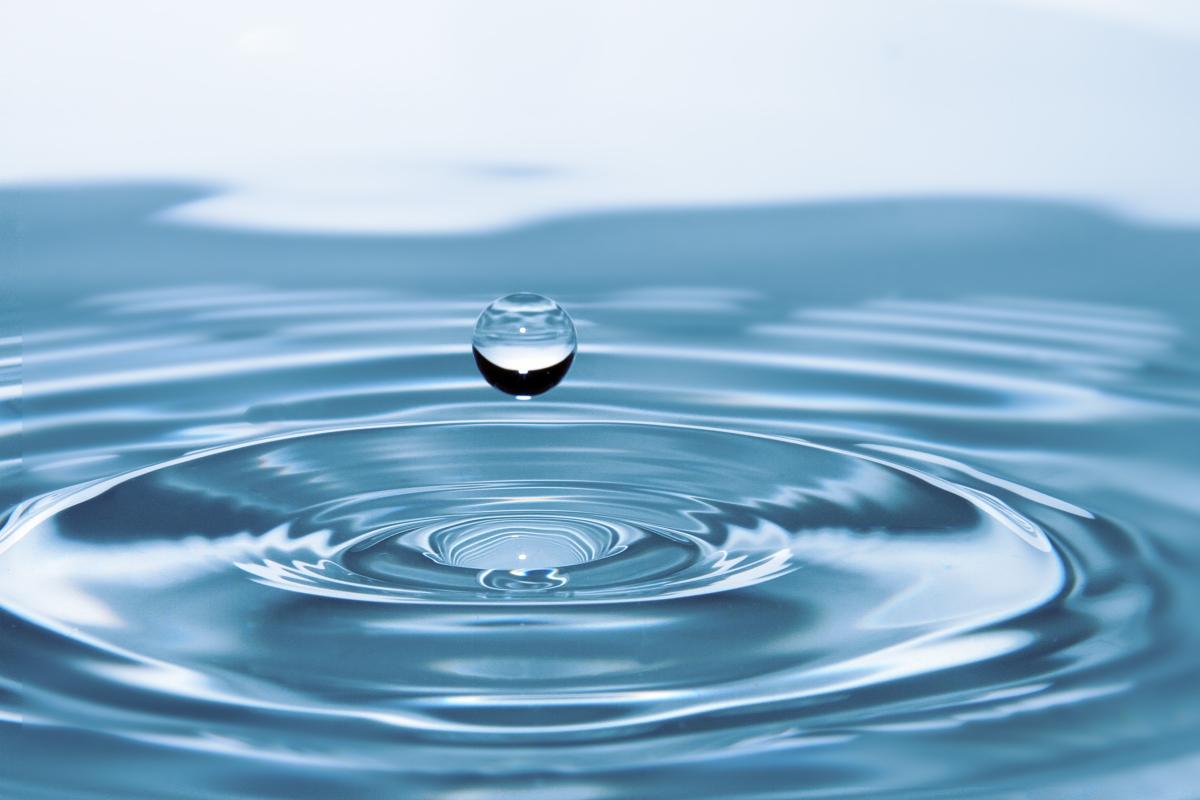
Microbial Serial Dilutions
This lesson is part of a project to isolate bacteria from soil and test it for antibiotic activity. This can be the start of the project or you can do lesson 1 soil microbes first. Though you do have to do this step before proceeding with the other lessons. This project is a real research experience for students and can be modified so students ask their own questions (example: change the type of soil). This lesson is based on the Tiny Earth project. Duration is of three days and students work in groups. Teacher prep can be up to 4 hours in sterilizing equipment and materials for students.
Lesson Plan Link/URL
https://docs.google.com/presentation/d/123Ou8uv65brBuXuRS0x8R6jutQIZzXpE/edit?u…Subject Area
Science Life Science L1: Cells Technology Mathematics Operations and Algebraic Thinking (OA)Related Content

The lesson is adapted from resources created by the Green Drone AZ Project. This is module 1 of 4 featuring focused activities to address real-world environmental challenges within Arizona communities

This is best for high school AP/IB/Honors Biology students for using clay and miscellaneous items to model and then film their model of Cellular Respiration to better understand how the Electron

Splash of Science
Students measure the temperature of water as it cools to learn about heat transfer and thermal properties while using line of best fit, linear regressions and/or quadratic regressions.